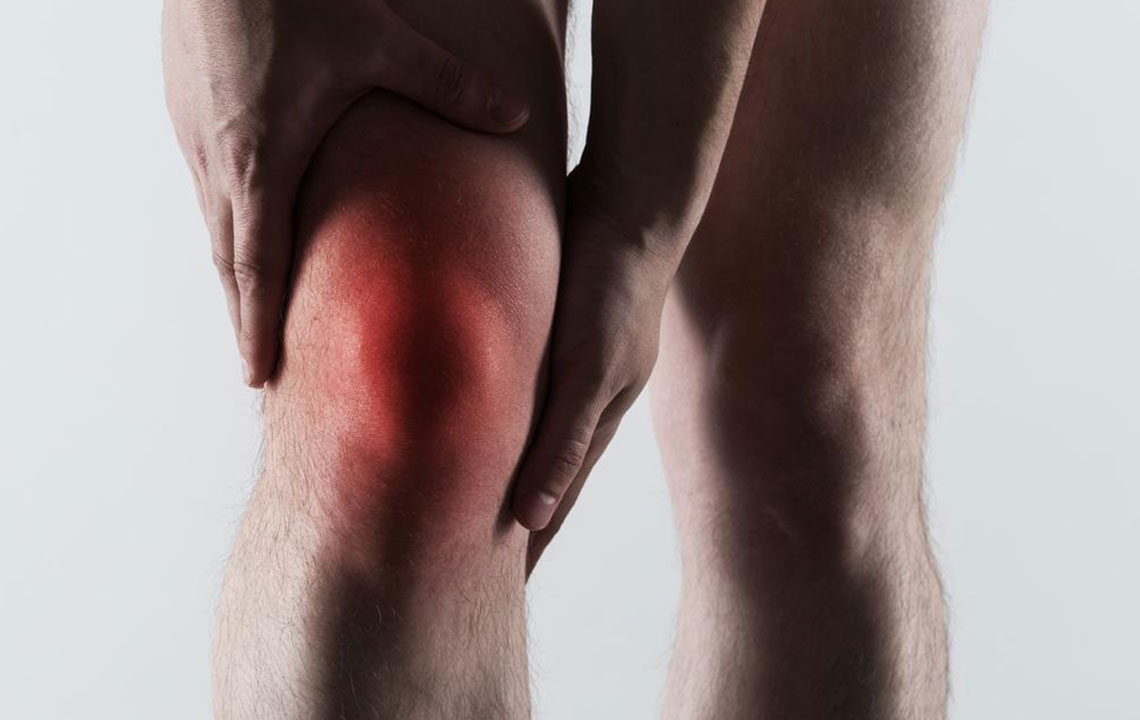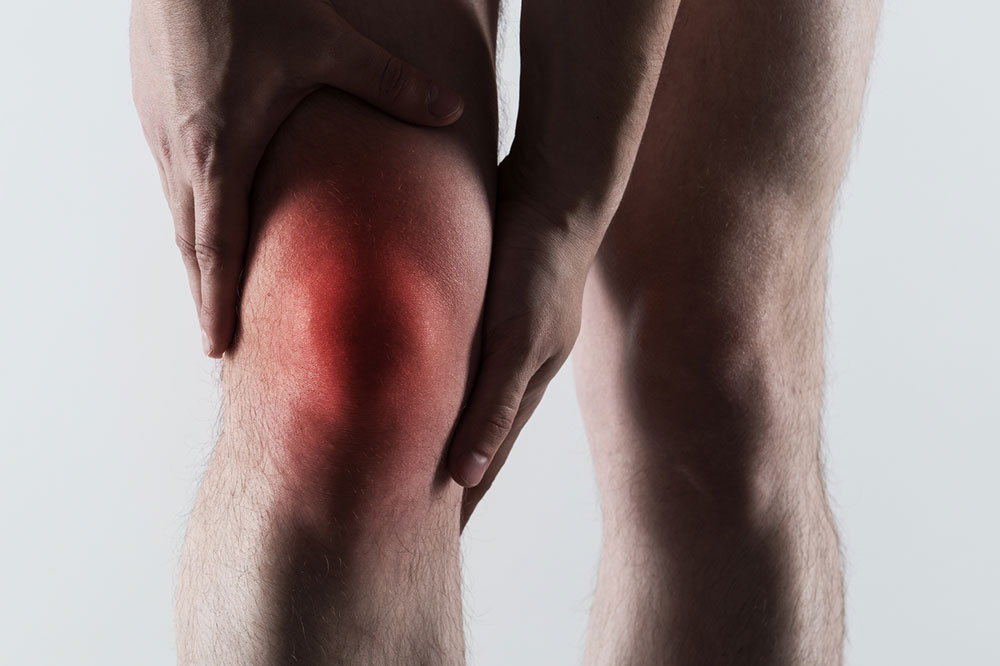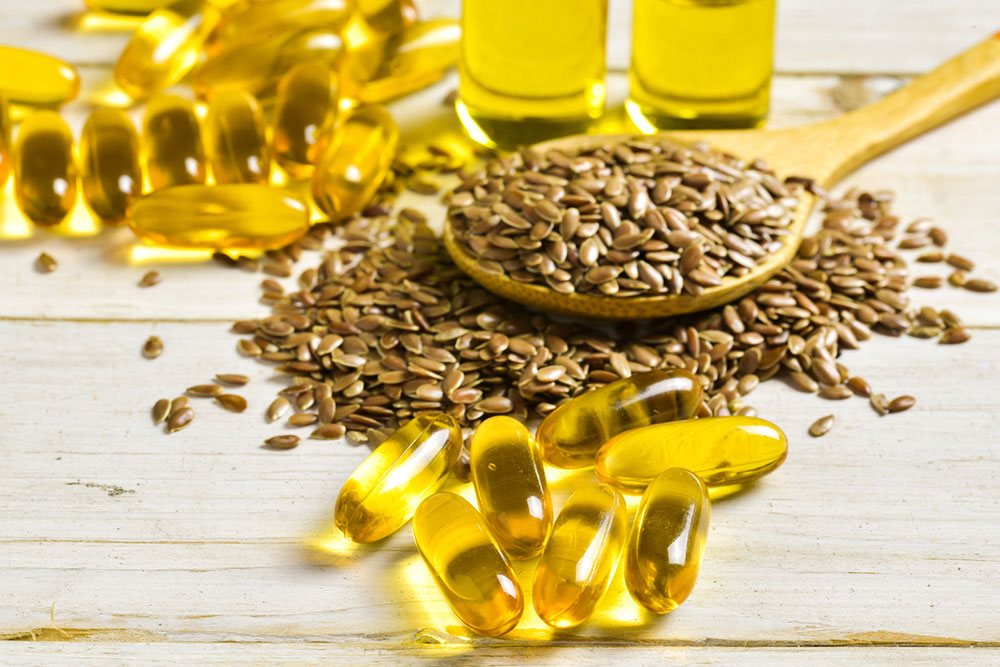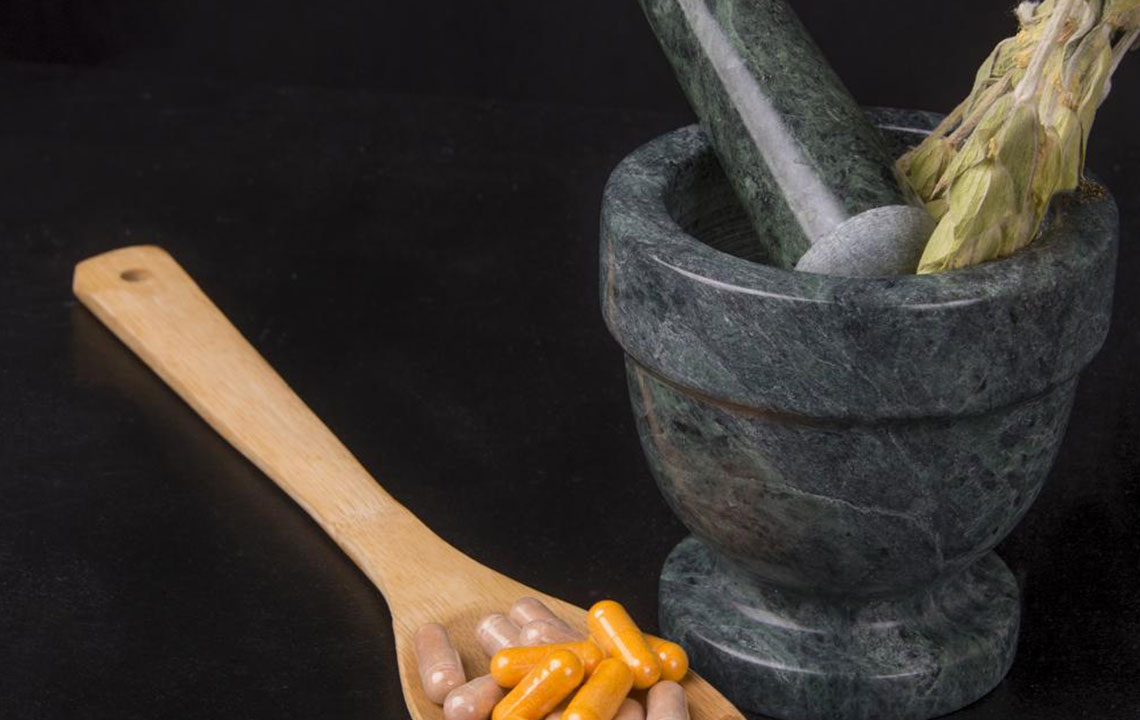Understanding Gout: Symptoms, Diagnosis, and Dietary Tips
Gout is a painful form of arthritis caused by uric acid buildup. This article covers symptoms, diagnosis methods, and essential dietary tips to manage and prevent gout. Recognizing high-risk foods and maintaining proper hydration are key to controlling flare-ups. Regular medical consultation and lifestyle changes can significantly reduce gout episodes and improve quality of life.

Understanding Gout: Symptoms, Diagnosis, and Dietary Tips
Gout is a sudden form of arthritis characterized by intense joint pain and swelling. Often linked to excessive alcohol consumption and high-purine diets, it commonly affects the big toe but can also involve the ankle, wrist, or elbow. Managing uric acid levels is essential to control gout attacks, which typically last up to four days. Alongside medication, dietary adjustments play a crucial role in prevention and management.
Recent studies show that about 4.1% of the population experience gout, with an average onset age of 44. Men are at a higher risk, although postmenopausal women see increased susceptibility. High uric acid from purine-rich foods leads to crystal buildup in joints, causing gout.
Growing prevalence of gout
A study involving 52,000 individuals revealed that approximately 4.1% had gout-related issues. The condition was most common around age 44, but young people as early as 16 also experienced its effects. Researchers noted that men are more affected than women, except after menopause, when women's risk increases.
Gout often coexists with other health problems like hypertension, high cholesterol, kidney and heart diseases, and diabetes. Elevated uric acid levels in the blood cause uric acid crystals to form in joints, resulting in inflammation and pain. Dietary modifications to reduce purine intake can help prevent gout episodes.
Gout diagnosis methods
Joint aspiration test
This key diagnostic procedure involves inserting a needle into the affected joint to extract fluid for microscopic examination. The presence of uric acid crystals confirms gout. Sometimes, clinical diagnosis suffices without this test.
Blood analysis
Blood tests measure uric acid concentration, kidney function, and cell counts. However, elevated uric acid alone isn't definitive, as some individuals with high levels don't develop gout. Multiple factors are considered for an accurate diagnosis.
Home tips for managing gout
Staying well-hydrated helps reduce uric acid levels. Consuming tart cherry juice can also lower gout risk. Over-the-counter pain relievers like ibuprofen and naproxen may alleviate symptoms, but should only be used under medical supervision.
Foods to avoid during gout episodes
Individuals with gout should limit foods high in purine, such as asparagus, cauliflower, mushrooms, oats, wheat bran, and red meats. In severe cases, complete avoidance of certain foods is necessary.
Foods to eliminate entirely include:
Meat broths, stocks, gravies, and chicken extracts
High-purine fish like salmon, sardines, herring, and shellfish
Certain vegetables and fruits such as spinach, peas, strawberries, peanuts, and bean products
Animal organs like liver, kidneys, and brain should also be avoided during treatment. Adequate water intake aids in flushing out uric acid, reducing gout risk. Adhering to dietary guidelines is vital for gout prevention and control.










